A survey by the German DHIK Chambers of Industry and Commerce warned that escalating US-China trade conflict is already hurting German companies.
41% of German companies doing business in China said they were affected by higher tariffs when exporting to the US. And 46% said highest cost importing from the US.
57% of German companies doing business in the US said there were negative effects exporting to China. 75% reported higher costs when importing from China.
DIHK trade chief Volker Treier said “the dangerous trade dispute between the U.S. and China is also hitting German companies doing business in the two countries.” He added, “the impact is huge: nearly half of the imports from German companies are directly or indirectly affected by the new tariffs, for example because they source raw materials or components from the other country.” He also warned that “a further escalation of the dispute would be a threat to world trade as a whole.”




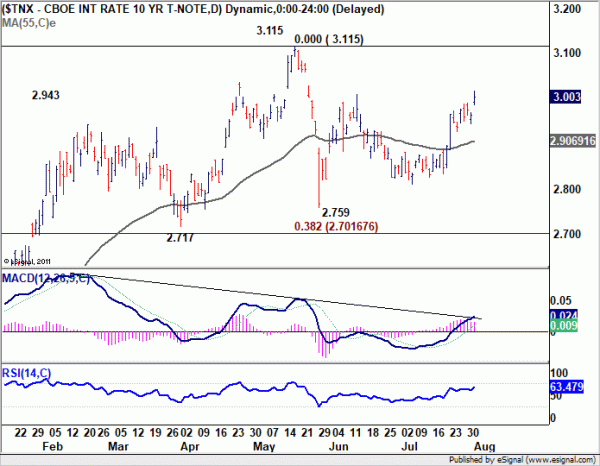
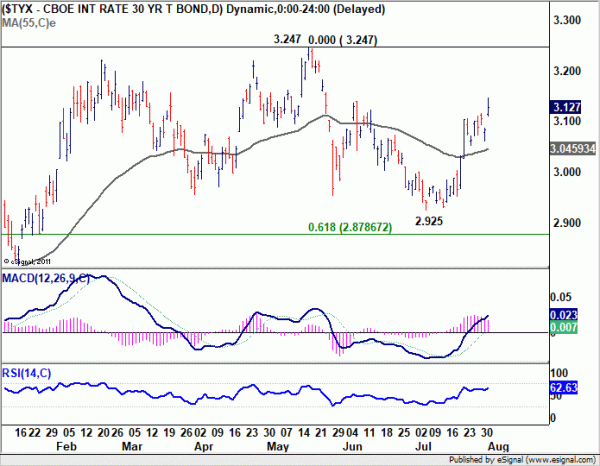
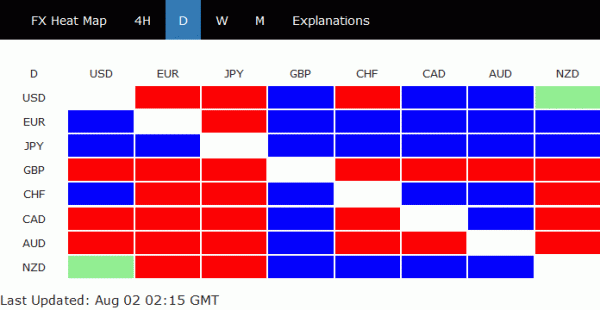
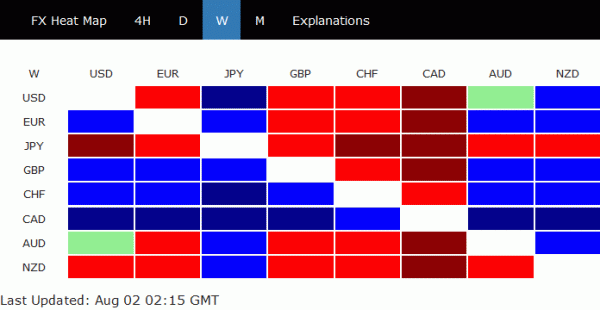
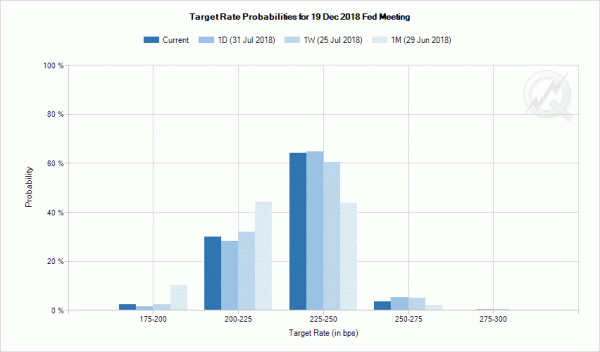
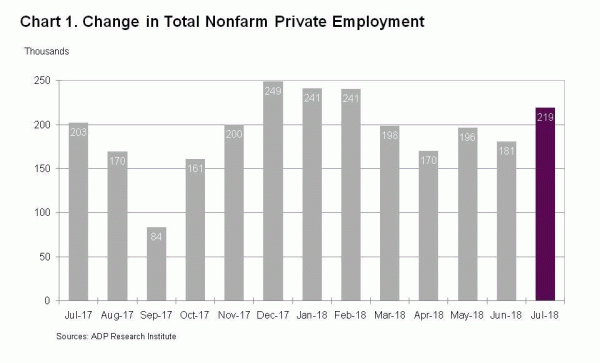
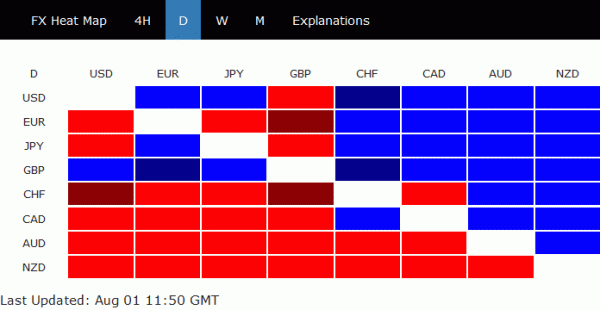
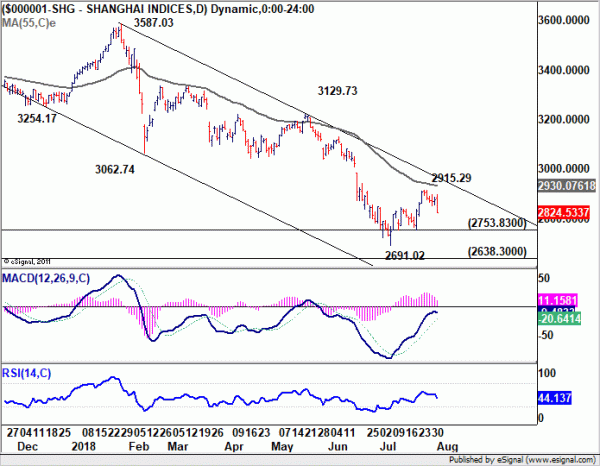
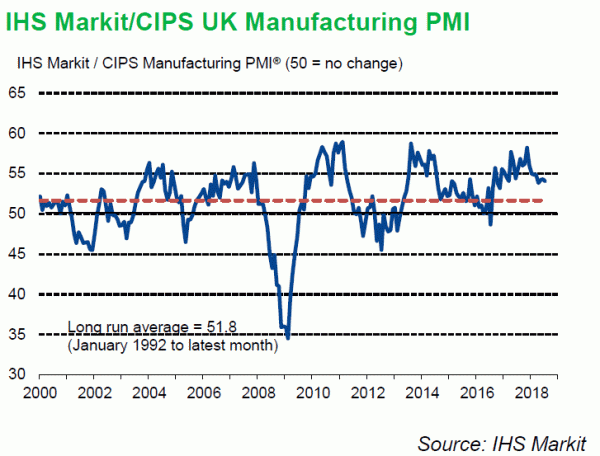
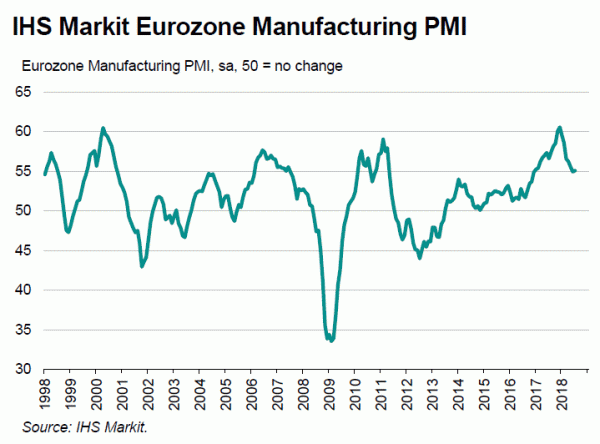
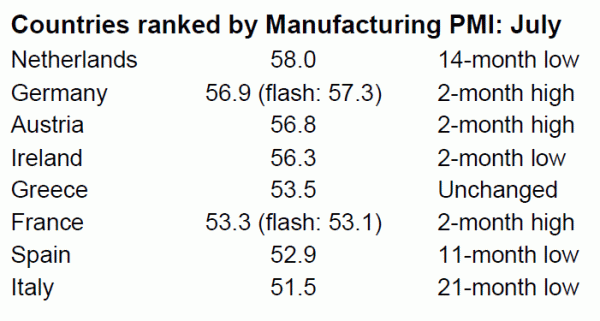

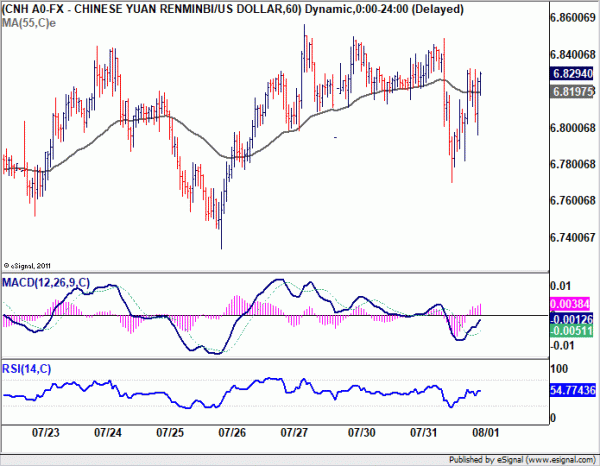
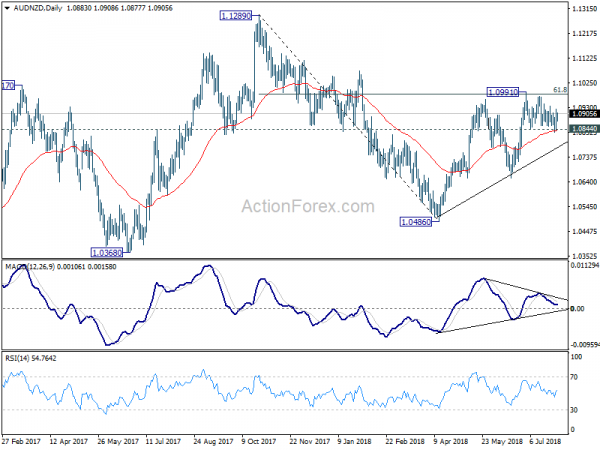
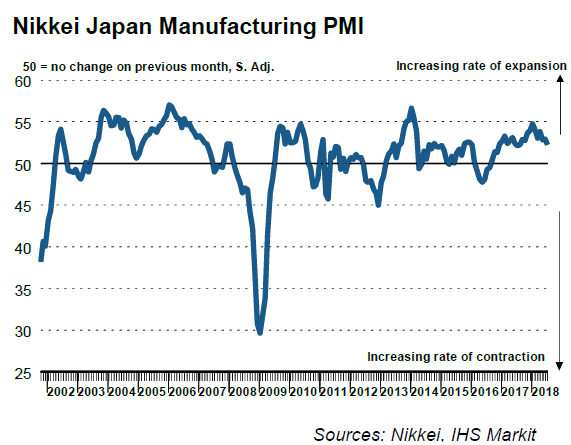
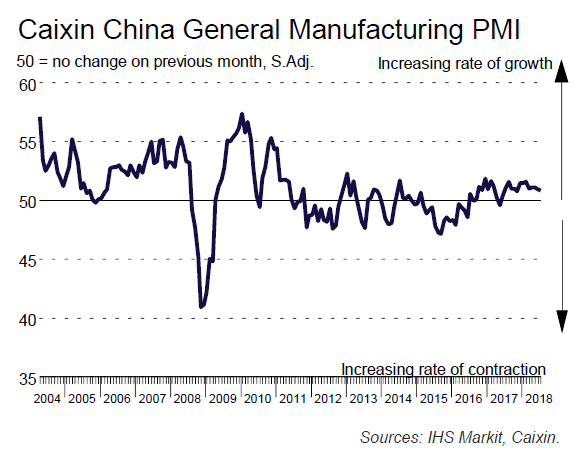
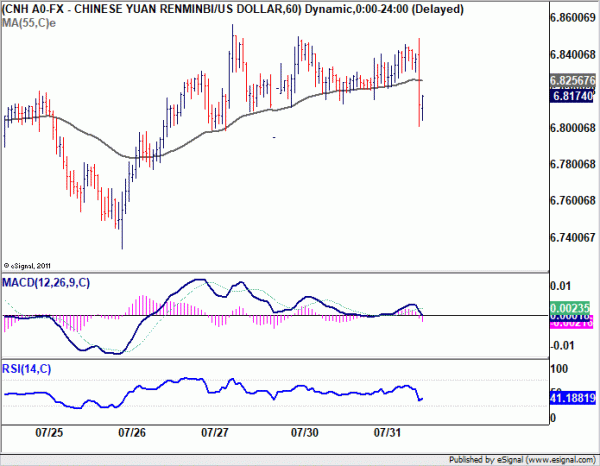

UK PMI construction rose to 55.8, impressive turnaround of the construction sector
UK PMI construction rose sharply to 55.8 in July, up from 53.1 and beat expectation of 52.8. Markit noted the robust and accelerated rise in construction activity Housing building expanded as the fastest pace since December 2016. Also, rates of new order growth and job creation gain momentum.
Tim Moore, Associate Director at IHS Markit and author of the IHS Markit/CIPS Construction PMI®:
“July data reveal an impressive turnaround in the performance of the UK construction sector, with output growth the strongest for just over one year. While the recent rebound in construction work has been flattered by its recovery from a low base earlier in 2018, there are also signs that underlying demand conditions have picked up this summer. New business volumes expanded at the strongest rate since May 2017, while workforce numbers increased to the greatest extent for just over two-and-a-half years.
“House building was the bright spot for construction growth in July, alongside a stronger upturn in commercial development projects. Residential activity and commercial work both increased at the sharpest pace since December 2015, which contrasted with another subdued month for civil engineering.
“UK construction companies experienced substantial cost pressures in July, driven by rising fuel bills and higher prices for steel-intensive items. Meanwhile, supply chains struggled to keep up with greater demand for construction products and materials, which resulted in the greatest lengthening of delivery times since July 2017.”
Full release here.
Also release in European session, Eurozone PPI rose 0.4% mom, 3.6% yoy in June. Swiss PMI manufacturing rose 0.3 to 61.9 in July. Swiss retail sales rose 0.3% yoy in June. Swiss SECO consumer confidence dropped sharply to -7 in July.